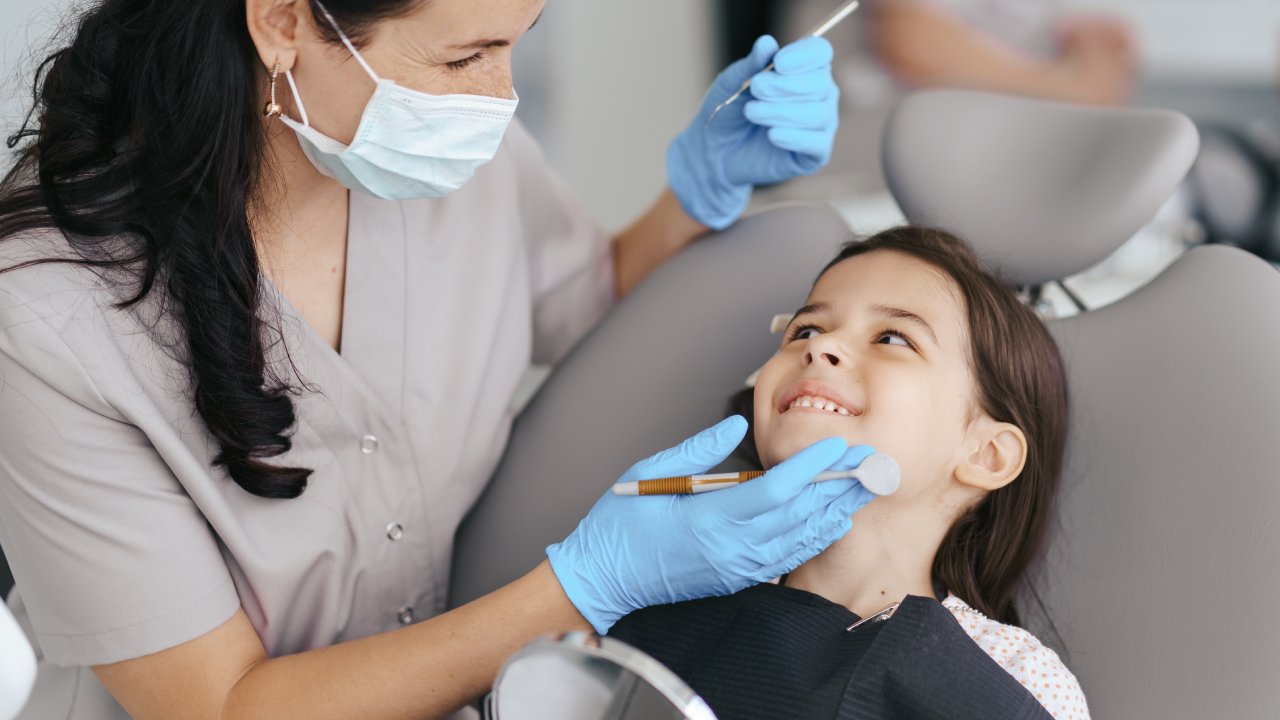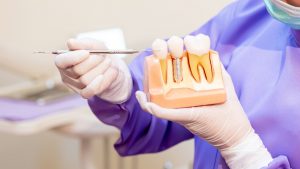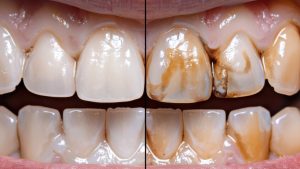Pedodontics, also known as pediatric dentistry, is a specialized branch of dentistry focused on the oral health of children from infancy through adolescence. A pedodontist is a dentist trained to care for the unique dental needs of kids. They offer services that range from routine checkups to more advanced treatments like fillings, sealants, and early orthodontic evaluations.
Children’s teeth are delicate and susceptible to a range of dental issues, such as cavities and misalignment. That’s why seeing a pedodontist is so important. These experts provide the right treatment and also create a positive and anxiety-free experience for young patients.
In this article, we’ll explore why a pedodontist is essential for your child’s dental health and how their specialized care can set the foundation for a lifetime of great oral hygiene.
Key Services Provided by Pedodontists
Pedodontists offer a wide range of services that are specifically designed to meet the dental needs of children at various stages of development. Pediatric dentists ensure that children’s teeth are healthy and well-cared for as they grow. Here’s a look at some of the key services provided by pedodontists:
1. Routine Check-ups and Cleanings
Routine dental check-ups and cleanings are an essential part of maintaining good oral health. During a regular visit, a pedodontist will examine your child’s teeth, gums, and mouth to check for any signs of dental issues like cavities, gum disease, or alignment problems. Professional cleaning is also performed to remove plaque and tartar buildup, which can lead to tooth decay and gum disease if left untreated.
Early visits allow the pedodontist to monitor your child’s dental development, catch potential problems early, and set up a schedule for future check-ups to ensure continued oral health. These regular visits help instill healthy habits and build trust between the child and the dentist.
2. Preventative Care (Sealants, Fluoride Treatments)
Preventing dental issues before they become major problems is a primary focus of pediatric dentistry. Pedodontists offer several preventive treatments that are especially beneficial for children’s developing teeth:
Dental Sealants:
These are thin plastic coatings applied to the chewing surfaces of the back teeth (molars) to protect them from cavities. Sealants fill in the grooves and crevices where food particles and bacteria can get trapped, reducing the risk of tooth decay.
Fluoride Treatments:
Fluoride helps strengthen tooth enamel and can help prevent cavities by making the teeth more resistant to acid attacks from plaque bacteria. Pedodontists may apply fluoride varnish to your child’s teeth during routine visits, offering extra protection, especially in children who are at a higher risk for cavities.
3. Treatment for Cavities and Tooth Decay
Cavities are one of the most common dental problems in children, caused by the build-up of plaque and bacteria that attack the enamel of the teeth. Pedodontists are trained to treat cavities in a way that is minimally invasive and as gentle as possible. Treatment typically involves removing the decayed portion of the tooth and filling it with a material that restores the tooth’s function and appearance.
For young children, pedodontists take extra care in ensuring that fillings are not only effective but also comfortable. If necessary, they may recommend sedation or numbing techniques to make the procedure as stress-free as possible.
4. Orthodontic Evaluations (Early Braces Consultations)
While many children don’t need braces until they’re older, early orthodontic evaluations can help identify potential alignment problems before they become serious. Pedodontists can assess your child’s teeth and bite to determine if there are any issues with how the teeth are growing in or how the upper and lower teeth align.
5. Handling Dental Emergencies in Children
Dental emergencies can happen unexpectedly, whether it’s due to a fall, sports injury, or a sudden toothache. Pedodontists are equipped to handle a variety of dental emergencies in children, providing immediate care and treatment.
Common dental emergencies in children include:
- Knocked-out teeth: Pedodontists can assess whether the tooth can be saved and advise on the best steps for re-implantation or alternative treatments.
- Tooth fractures or chips: A pedodontist can repair broken teeth, often using tooth-colored materials to restore the tooth’s function and appearance.
- Severe toothaches: A pedodontist can identify the cause of the pain and provide treatments like root canals or fillings to alleviate discomfort.
In any dental emergency, it’s crucial to see a pedodontist promptly to minimize the risk of long-term damage. You should ensure that your child receives the appropriate care in a child-friendly environment.
Key Differences Between General Dentists and Pedodontists

While general dentists can treat patients of all ages, pedodontists undergo additional years of training to specialize in the dental care of children. After completing dental school, a pedodontist typically spends an extra two to three years in residency training. They focus on child-specific dental care, such as pediatric orthodontics, child behavior management, and the treatment of dental diseases in young patients.
Here’s a table that highlights the key differences between a general dentist and a pedodontist:
| Aspect | General Dentist | Pedodontist (Pediatric Dentist) |
| Training | Basic dental school education | Additional 2-3 years of specialized training in pediatric dentistry |
| Age Range Treated | Patients of all ages | Specializes in children, from infants to teenagers |
| Behavioral Management | Limited training in managing children’s behavior | Extensive training in managing children’s anxiety and behavior during dental visits |
| Focus of Care | General dental care for overall oral health | Focused on children’s dental health, growth, and development |
| Dental Procedures | Routine check-ups, fillings, crowns, etc. | Pediatric-specific procedures like fluoride treatments, dental sealants, early orthodontic evaluations |
| Patient Experience | Standard dental environment for adults and children | Child-friendly environment designed to make dental visits positive and stress-free |
| Preventive Care | General preventive care | Strong emphasis on early prevention, such as cavity prevention and early detection of dental issues |
| Specialized Equipment | Standard dental tools for adults | Specialized, child-sized equipment tailored for young patients |
Conclusion
Understanding the distinct roles of a pedodontist and a general dentist can help you make an informed decision about your child’s dental care. While both professionals play important roles, a pedodontist’s specialized training ensures they are better equipped to address the unique challenges of children’s dental health. By choosing a pedodontist when necessary, you can provide your child with the best care for a lifetime of healthy smiles.








